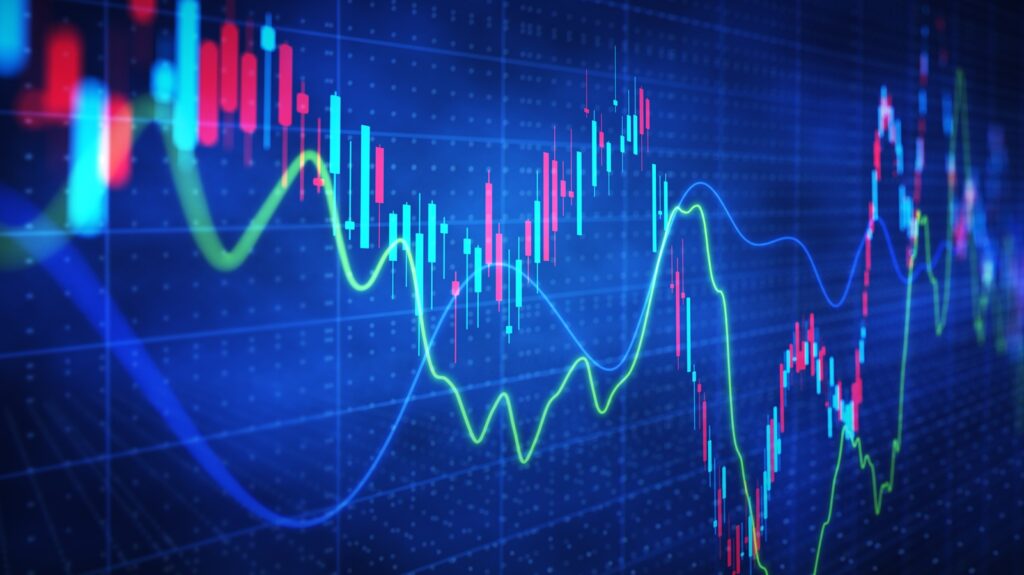
Geopolitical shocks — terrorist acts, wars or military action — can give your portfolio a significant negative charge. The leading geopolitical source of market instability in 2025 has been the Middle East, as in years past. Israel’s decision to attack nuclear facilities in Iran in an attempt to retard that country’s weaponization efforts prompted a 1.1% drop in the S&P 500 index on June 13.
Among the losers that day, according to S&P Global Market Intelligence, were leisure-travel companies Norwegian Cruise Line Holdings (NCLH) and Carnival Corp. (CCL), which each fell about 5%. Other travel and leisure companies that fell at least 3% that day included United Airlines (UAL) and Delta Air Lines (DAL); Caesars Entertainment (CZR), MGM Resorts (MGM), Las Vegas Sands (LVS), and Wynn Resorts (WYNN); Expedia Group (EXPE); and Marriott International (MAR). Several energy and agricultural companies and defense contractors gained at least 2% that day.
Any unrest in the Middle East can have a major impact on the global economy if oil production gets disrupted. Oil shocks in 1973, 1979, and 1990 caused recessions and bear or near-bear markets.
Sign up for Kiplinger’s Free Newsletters
Profit and prosper with the best of expert advice on investing, taxes, retirement, personal finance and more – straight to your e-mail.
Profit and prosper with the best of expert advice – straight to your e-mail.
But this past June, the market rebounded quickly as investors saw Iran’s retaliatory measure of limited strikes on a U.S. military base as a moderate response.
Seven of the 10 travel and leisure companies noted above gained at least 7% from June 13 to the end of the month. Norwegian and Carnival went up 14% and 26%, respectively. Many of the energy, agriculture and defense companies gave back all their gains, plus more. Halliburton (HAL) rose 6% on June 13, then fell 12% by June 30.
The lesson for investors: Markets typically recover from a geopolitical event quickly.
“It ends up being much more of a headline event than a bottom-line event,” says market historian Sam Stovall, chief investment strategist at market research firm CFRA. Stovall has studied nearly a century of shocks and found that seven out of 10 times, the stock market is up — sometimes meaningfully so — three months after the event.
Take, for example, the Boston Marathon bombing in April 2013. That day, the S&P 500 fell 2.3%. Ninety calendar days later, the S&P index was up 5.7%.
Stovall’s list contains 25 events dating back to Pearl Harbor. In 11 cases, the markets were up 30 days later. In 16 cases, they were up 60 days later. And in 18 cases — or 72% of the time — they were up 90 days later.
Long-term buying opportunities
Some events are sufficiently cataclysmic to trigger a recession; Iraq’s August 1990 invasion of Kuwait is one example. (The market fell 1.1% that day, and 90 days later it was down 14.5%.) But, Stovall says, most shock-driven market drops may instead be buying opportunities for the longer-term investor, in terms of the market as a whole or specific stocks or sectors.
Matt Gertken, of BCA Research, who gauges the geopolitical risk of certain scenarios, has moderated his assessment of the situation in the Middle East.
In mid-June, he saw a 60% probability of a major oil shock resulting from the current strife, with a 40% probability of a minor shock. (A minor oil shock is a reduction in oil output that can be solved in short order by other countries increasing their production. Major oil shocks are longer-term problems.) After the muted Iranian response, he reduced the probability of a major shock to 25% and allowed for a 25% chance that there will be no geopolitical impact on oil from the current events.
“As of mid June, I was basically saying there was a 0% chance that oil would be unaffected,” Gertken says.
Stay cautious amid the volatility
The market’s quick recovery and subsequent gains suggest investors are placing even less probability on Middle East risk and oil shocks. Nonetheless, says Gertken, it’s not the time to become complacent.
“Individual investors should recognize that with the market having recovered from Trump’s tariff announcement and rallied in the wake of what appears to be a dodged bullet with the Iran conflict, we’ve had a lot of good news priced in,” he says. “It might be a good time to take some risk off the table because there are still plenty of reasons to be cautious going forward.”
Chris Haverland, a global equity strategist at Wells Fargo Investment Institute, says the research firm currently prefers quality large-company stocks over small caps, and it prefers developed international markets over emerging economies. Recommended portfolios currently have more commodity exposure — to both energy and precious metals — than is typical.
“It’s obviously unpredictable,” he says. “You can’t really position a portfolio tactically prior to an event. And then you don’t want to be making changes during an event, because typically they’re short-lived — for example, the 12-day Israel–Iran war. So the best defense is to be diversified going into geopolitical events.”
Haverland says Wells Fargo has recommended an overweight position in commodities this year, in part to take advantage of any further conflict in the Middle East but also as a hedge against recession. “They certainly don’t all move in the same direction, but having exposure to both oil and gold covers you in a couple of unpleasant scenarios here.”
Note: This item first appeared in Kiplinger Personal Finance Magazine, a monthly, trustworthy source of advice and guidance. Subscribe to help you make more money and keep more of the money you make here.


